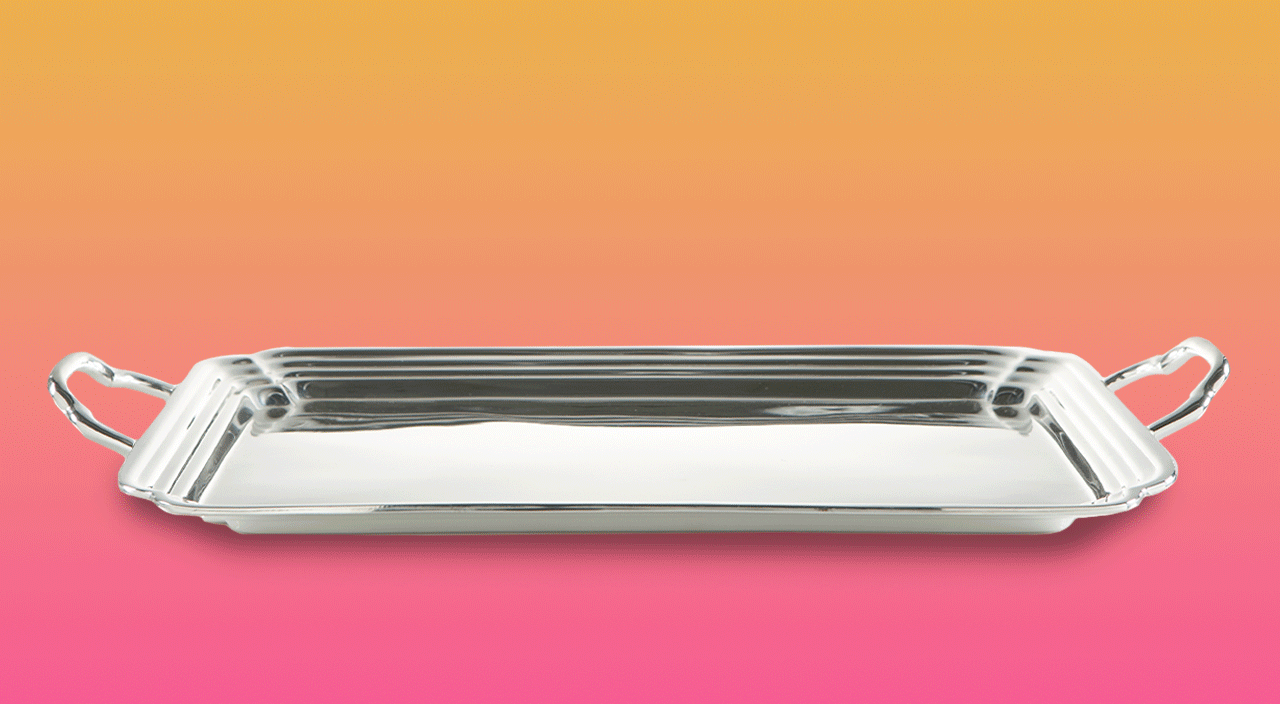The belly is the body part most of us would like to slim down (especially when we’re wearing summer swimwear and fall knits). It can also be the hardest to reduce. But, beyond looking good in a two-piece, there are other reasons to covet a smaller waistline. Belly fat – and a waistline bigger than 35 inches for women – reduces the ability of nutrients to get to our abdominal organs and increases the risk for illnesses including fatty liver disease, Type 2 diabetes, certain cancers and heart disease.
Heart disease, in particular, hits the Black community hard. According to the American Heart Association, almost 50 percent of African American women over age 20 have cardiovascular disease, and it kills nearly 50,000 sisters every year. And, a new study published by the European Heart Journal found that excess trunk fat is associated with increased risk of hardening of the arteries. It seems that belly fat – the visceral fat stored in and around our abdominal organs, which feels firm to the touch when pressed – impacts our health in a more dangerous way than our pinchable fat. That’s the more familiar subcutaneous fat that lies just under the skin of our arms, legs and buttocks. Visceral fat produces hormones that can raise our LDL or “bad cholesterol,” raise blood pressure and make us less sensitive to insulin, which increases our risk for Type 2 diabetes.
Diet, however, is one of the most important tools we have to take charge of our health, reduce our risk of disease and look great. Here’s a primer on what to eat, and what to avoid, for a slimmer belly and a healthier you.
Oatmeal
Eating foods rich in fiber, especially soluble fiber, such as oatmeal helps fight belly fat. That’s because fiber binds to the water in your intestines and forms a gel, which helps us absorb nutrients and reduces hunger pangs. Besides oatmeal, great sources of fiber include apples, oranges, strawberries and whole grains. Pro tip: For a quick and easy way to boost your fiber intake, try sprinkling ground flax seeds on oatmeal, yogurt and salads or in smoothies.
Almonds
At 160 calories per ounce, almonds are the lowest calorie nut. And with six grams of protein per ounce, they’re also an excellent source of lean protein, which has been linked to a significant reduction in the risk of belly fat over a period of five years. “Unfortunately, a lot of times when we eat protein, it’s proteins that are high in saturated fat,” says Atlanta-based dietician Jerlyn Jones, whose website the Lifestyle Dietitian, provides nutrition advice and recipes. “Instead of burgers or fried chicken or fish, opt for lean protein, which promotes lean muscle and helps reduce some of that visceral fat.” Not an almond fan? Any kind of unsalted nut, including pistachios and cashews, will have the same effect, as will other healthy high-protein foods, such as whole eggs, fish, tofu, lentils and beans. Pro tip: In addition to preventing belly fat, these foods also help keep you feeling full longer.
Water with lemon
When it comes to drinks, water is a far better option than any soda, flavored juice, sports drink, sweetened tea, coffee or energy drink. And water with a squeeze of lemon trumps them all, as the lemon adds not only flavor but also vitamin C, and may help you burn more fat, leading to a flatter tummy. “We may think some of those beverages are heathy for us, but if they have added sugars in them, stay away or limit them to the appropriate serving size (four ounces) and dilute it with water, instead of drinking eight ounces of juice,” says Jones, who’s also a spokesperson for the Academy of Nutrition and Dietetics.
Yogurt
Low-fat dairy products may help, largely due to the calcium and vitamin D they contain, which can facilitate fat loss. Pro tip: Greek yogurt has almost double the protein of regular yogurt, but flavored varieties contain large amounts of sugar. For fewer calories, buy it plain and add your own fresh fruit instead.
Berries
Berries, which are loaded with antioxidants, are also high in fiber, making them a delicious way to zap belly fat. Summer is a great time to enjoy them fresh and relatively inexpensively, but the rest of the year you can rely on bags from the frozen food aisle. Pro tip: Not all fruit is created equal. Fructose has been connected to fatty liver and metabolic syndrome and some fruit, like mangoes and grapes, can pack a lot of sugar. Eat them sparingly if you’re watching your weight.
Collard greens
If Sunday dinners with collard greens are part of your tradition, take heart. Small changes in how you cook these fiber-filled veggies can yield big results; try smoked paprika instead of pork in your collards as a low-fat but flavorful substitute. And consider enjoying other leafy greens such as kale. Vegetables like asparagus, zucchini and squash are also very healthy additions to your table. Pro tip: Choose veggies that are in season so you get your fiber and stretch your dollar. And if you do go back for seconds, stick to veggies.
Mushrooms
Unlike other vegetables, some types of mushrooms are a good source of vitamin D, and research shows that low levels of vitamin D may be correlated with abdominal obesity. Sautée them whole with onions, using cooking spray. Serve as a side or add chopped mushrooms to your morning omelet. Pro tip: Try adding mushrooms to soups or sauces for added texture and nutrition.
Sensible portions of everything
Taking in more calories than your body requires causes it to store fat — in your belly and elsewhere. So if your portion sizes are more generous than they should be, or you’re not as active as you should be, those additional calories will impact your health. And remember, size can be deceiving. A blueberry muffin, for example, can contain nearly double the calories of a chocolate-frosted donut! The culprit is the calorie-dense refined carbs found in sweets, white bread and white pasta. Pro tip: If you need a large serving to feel satisfied, stick with nutrient-dense foods, such as leafy greens and lean proteins.

Getty Images













